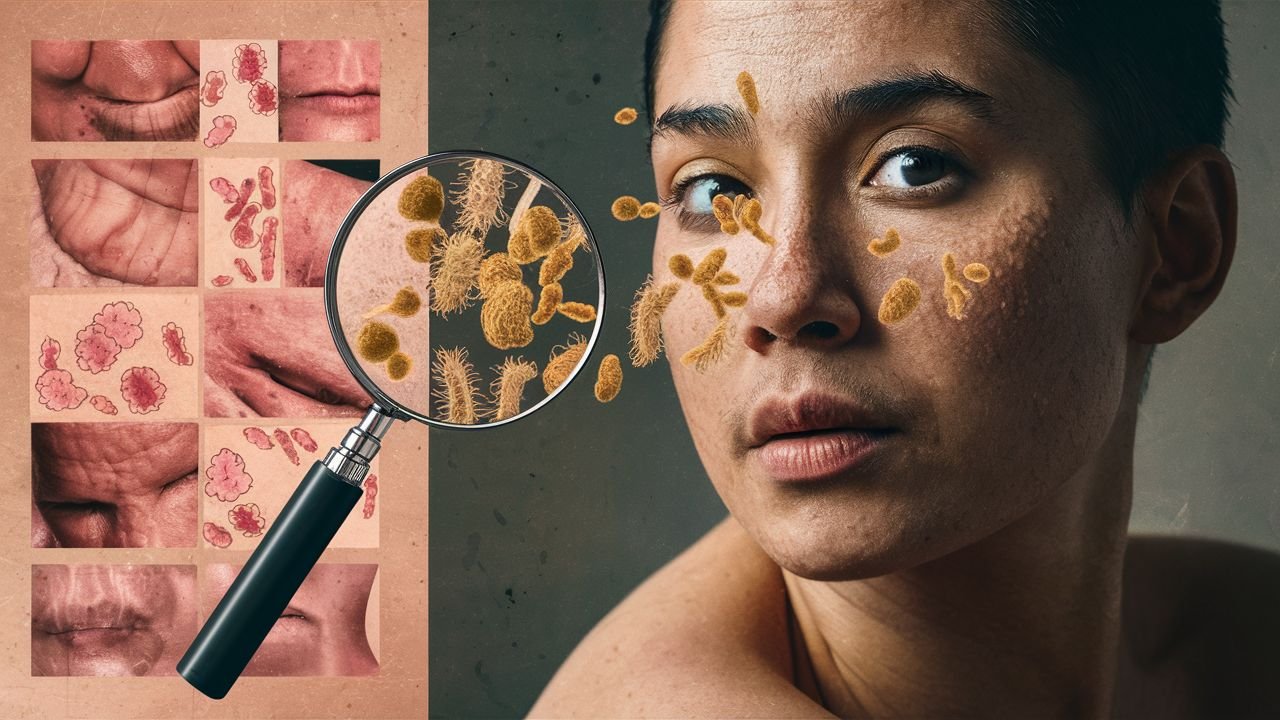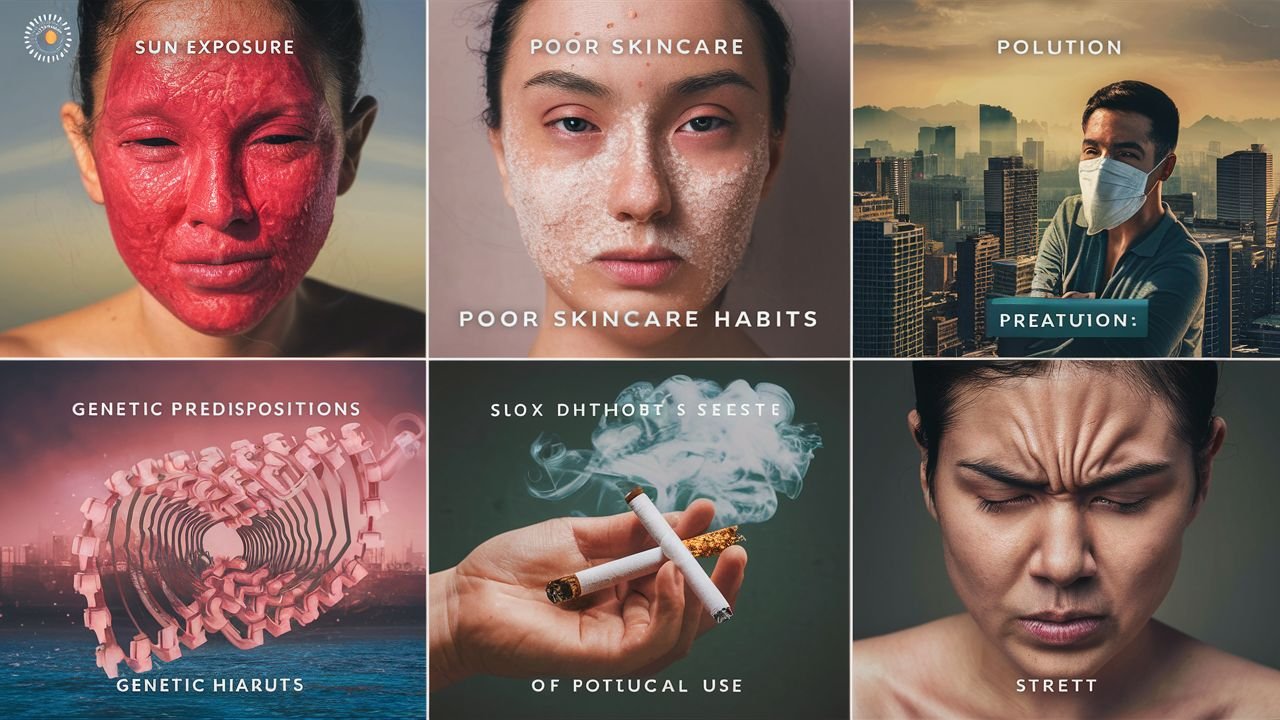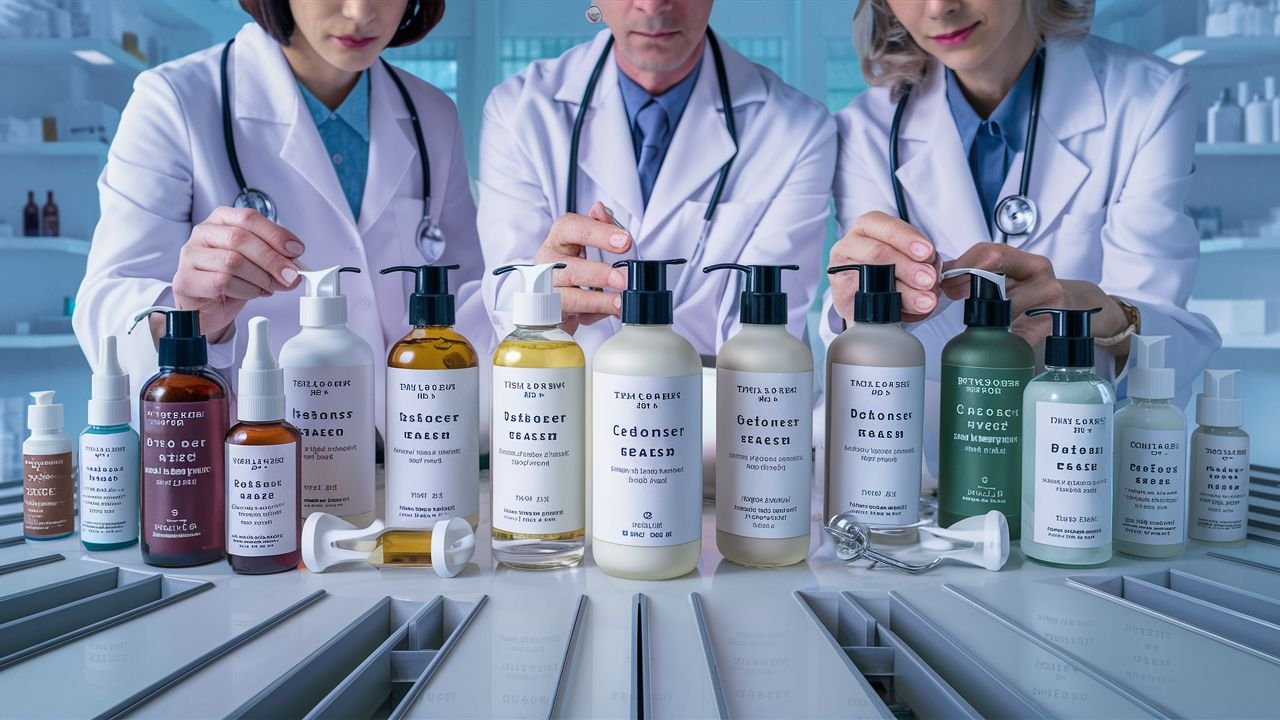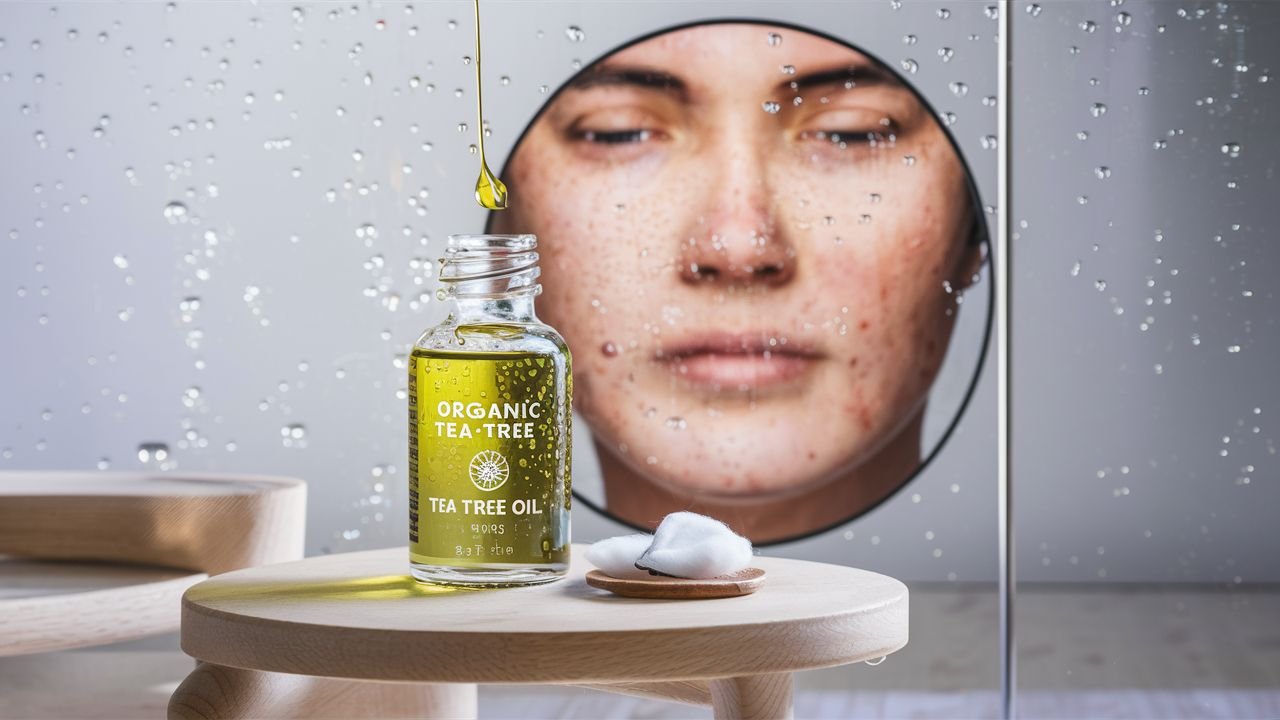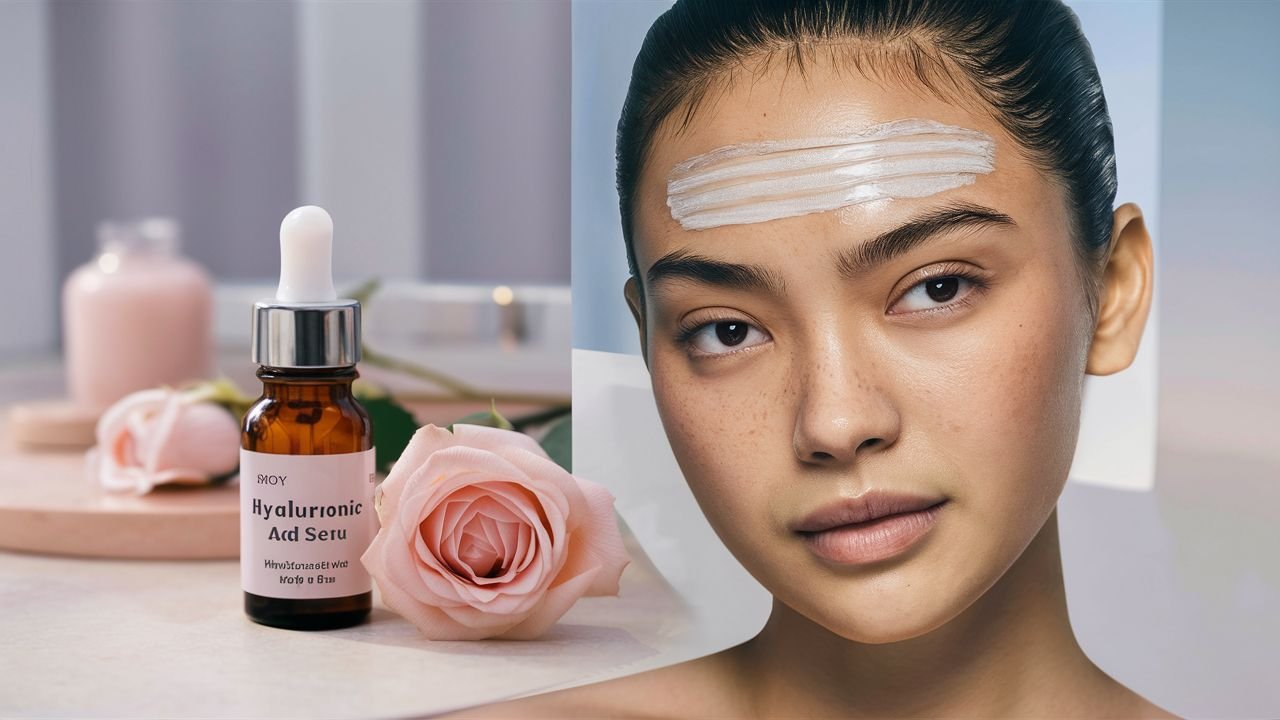Have you ever wondered why certain skin conditions seem impossible to treat or keep coming back no matter what you do? Could there be an underlying culprit behind your frustrating skin woes? Enter Malassezia, a group of yeasts that normally reside on our skin. While they typically mind their own business, an overgrowth of Malassezia can wreak havoc on our skin, leading to a multitude of frustrating skin conditions. But just how significant is the role of Malassezia in these issues? Let’s explore the fascinating world of Malassezia overgrowth and its potential impact on your skin health.
Key Takeaways:
- Malassezia is a group of yeasts found on everyone’s skin that can cause various skin conditions when it overgrows.
- Understanding the causes and effects of Malassezia overgrowth is crucial in finding effective treatment options for these skin conditions.
- Malassezia overgrowth is associated with seborrheic dermatitis, tinea versicolor, fungal acne, and other yeast-related skin problems.
- Proper diagnosis and treatment are key to managing skin conditions caused by Malassezia overgrowth.
- An interprofessional approach involving healthcare professionals can provide comprehensive care for individuals with Malassezia-related skin conditions.
What Causes the Overgrowth of Malassezia?
The overgrowth of Malassezia yeasts on the skin, particularly in cases of seborrheic dermatitis, is still being studied. It is known that Malassezia is lipid-dependent and requires external sources of lipids, such as sebum, to grow and multiply.
While the level of sebum production may not be a strong risk factor for seborrheic dermatitis, the composition of lipids on the skin’s surface may play a role in its development.
An imbalance in the skin’s lipid composition, along with other factors such as genetics, immune response, and environmental triggers, can create a conducive environment for the overgrowth of Malassezia species.
This overgrowth can disrupt the skin’s natural barrier function and lead to inflammation, scaling, and flaking, commonly seen in seborrheic dermatitis.
| Factors Contributing to the Overgrowth of Malassezia | Role in Malassezia Overgrowth |
|---|---|
| Excessive sebum production | Provides a source of lipids for Malassezia growth |
| Dysregulated lipid composition | Alters the skin’s barrier function and promotes Malassezia overgrowth |
| Genetic predisposition | May increase susceptibility to Malassezia overgrowth |
| Immunosuppression | Diminishes the immune response against Malassezia yeasts |
| Environmental factors | Such as humidity and temperature can promote Malassezia growth |
Understanding the factors that contribute to the overgrowth of Malassezia is essential in developing effective treatment strategies for conditions associated with its proliferation, including seborrheic dermatitis.
Common Conditions Caused by Malassezia Species
Malassezia species are known to cause or exacerbate various skin conditions, including:
- Seborrheic dermatitis: A common inflammatory skin condition characterized by red, itchy, and scaly patches, usually occurring on the scalp, face, and upper body.
- Dandruff: A mild form of seborrheic dermatitis that primarily affects the scalp, causing flaking and itching.
- Malassezia folliculitis: Also known as fungal acne, it is a condition that occurs when Malassezia species infect hair follicles, leading to small, itchy bumps on the skin.
- Pityriasis versicolor: A superficial fungal infection that causes discolored patches on the skin, varying in color from white to pink or brown.
- Scalp psoriasis: While the exact cause is still unclear, an overgrowth of Malassezia species is believed to exacerbate psoriasis symptoms on the scalp.
- Atopic dermatitis: Also known as eczema, it is a chronic inflammatory skin condition that can be aggravated by Malassezia, leading to flare-ups.
Each of these conditions presents with distinct symptoms and manifestations, but they share a common underlying factor—the overgrowth of Malassezia species.
Quotes:
“Seborrheic dermatitis, dandruff, Malassezia folliculitis, pityriasis versicolor, scalp psoriasis, and atopic dermatitis are some of the skin conditions that can be caused or worsened by Malassezia species,” says Dr. Emily Johnson, a dermatologist specializing in fungal skin infections.
Skin Conditions Caused by Malassezia Species
| Condition | Symptoms |
|---|---|
| Seborrheic dermatitis | Red, itchy, scaly patches on the scalp, face, and upper body |
| Dandruff | Flaking, itching of the scalp |
| Malassezia folliculitis | Small, itchy bumps on the skin |
| Pityriasis versicolor | Discolored patches on the skin |
| Scalp psoriasis | Flaky, red patches on the scalp |
| Atopic dermatitis | Rash, dry, itchy skin |
What is the Malassezia Biofilm?
The Malassezia yeast forms biofilms on the skin’s surface, which act as protective barriers against antifungal treatment. These biofilms can increase drug resistance, making it harder to effectively treat Malassezia-related skin conditions. Understanding the formation and characteristics of the Malassezia biofilm is important in developing strategies to disrupt it and improve the efficacy of antifungal medications.
The Malassezia biofilm consists of a complex structure of extracellular polymeric substances (EPS), which are primarily composed of proteins, lipids, and carbohydrates. This biofilm provides a protective environment for Malassezia yeasts, shielding them from the host immune response and limiting the penetration of antifungal agents.
“The Malassezia biofilm contributes to the persistence of the yeast and its resistance to antifungal treatment.”
Studies have shown that the Malassezia biofilm plays a significant role in antifungal susceptibility and drug resistance. The biofilm formation enhances the resistance of the yeasts to various antifungal agents, including azoles and polyenes, which are commonly used in the treatment of Malassezia-related infections.
Researchers have identified multiple factors that contribute to the formation and stability of the Malassezia biofilm. These include adhesion molecules, cell surface hydrophobicity, extracellular matrix components, and environmental factors such as temperature, pH, and nutrient availability.
Disrupting the Malassezia biofilm is a challenge due to its complex structure and the presence of drug-resistant cells within the biofilm. However, ongoing research aims to develop strategies to target the biofilm and improve the efficacy of antifungal treatments.
How to Treat the Malassezia Biofilm
Disrupting the Malassezia biofilm and deactivating its protective shield can be achieved through various remedies. One potential treatment that has gained attention is the use of apple cider vinegar. Apple cider vinegar’s acidic nature helps in breaking down the biofilm, making it more susceptible to antifungal treatment. Dilute apple cider vinegar with water and apply it to the affected areas, leaving it on for a few minutes before rinsing off.
Another promising approach is the use of sugar alcohols, such as xylitol and erythritol. These compounds have shown potential in disrupting the Malassezia biofilm, making it easier to target and eliminate the underlying fungal infection. Consult with a healthcare professional to determine the appropriate use and concentration of sugar alcohols for optimal results.
While these natural remedies may offer some benefits in treating the Malassezia biofilm, it’s important to note that they are not standalone solutions. Antifungal medications prescribed by healthcare professionals play a critical role in effectively combating the biofilm. These medications can help eradicate the underlying fungal infection and prevent its recurrence.
Consulting a healthcare professional is essential for accurate diagnosis and appropriate treatment. They can provide guidance on the best antifungal regimen and any additional measures that may be necessary to address the Malassezia biofilm and improve skin health.
Diagnostics for Malassezia-Associated Skin Diseases
Determining the presence of Malassezia-associated skin diseases involves the use of various diagnostic methods. These techniques aid in identifying the presence of Malassezia yeasts and the specific species involved. Accurate and timely diagnostics are crucial in guiding appropriate treatment strategies.
Direct Microscopy
Direct microscopy is a widely used diagnostic method for Malassezia-associated skin diseases. It involves the microscopic examination of skin samples to visualize the characteristic Malassezia yeasts. This technique allows dermatologists to observe the morphology, distribution, and abundance of the yeasts on the affected skin.
Culture-Based Methods
Culture-based methods are employed to isolate and identify specific Malassezia species. These techniques involve collecting skin samples and cultivating them on agar plates or other growth media under controlled laboratory conditions. By observing the growth characteristics and biochemical reactions of the isolated colonies, dermatologists can determine the exact species of Malassezia present.
Molecular Techniques
Molecular techniques offer rapid and accurate identification of Malassezia species. These advanced diagnostic methods involve the amplification and analysis of specific regions of the fungal DNA using molecular tools such as polymerase chain reaction (PCR). By targeting specific genetic markers, dermatologists can precisely identify the Malassezia species, enabling targeted treatment strategies.
While direct microscopy and culture-based methods are commonly accessible, molecular techniques may be limited to specialized laboratories due to their technical requirements. However, their ability to provide rapid and accurate results makes them invaluable in certain clinical settings.
By employing a combination of these diagnostic methods, healthcare professionals can confidently diagnose Malassezia-associated skin diseases and tailor treatment plans to provide effective solutions for their patients.
Epidemiology and Pathogenesis of Skin Conditions Associated with Malassezia
Skin conditions associated with Malassezia, such as head and neck dermatitis, seborrheic dermatitis, pityriasis versicolor, and Malassezia folliculitis, have varying epidemiology and pathogenesis. Factors such as age, sex, geographic location, and underlying immune system may contribute to the prevalence and development of these skin conditions.
In head and neck dermatitis, Malassezia overgrowth is commonly found in individuals with compromised immune systems, such as those living with HIV/AIDS or undergoing immunosuppressive therapy. The warm and humid environment of the head and neck region provides an ideal breeding ground for Malassezia fungi, leading to persistent inflammation and itching.
Seborrheic dermatitis, characterized by red, scaly patches on the scalp and face, is more prevalent among infants, men, and individuals with oily skin. The underlying cause of seborrheic dermatitis is still not completely understood; however, an overactive immune response to Malassezia yeasts and an imbalance in skin lipids have been proposed as key factors.
Pityriasis versicolor, also known as tinea versicolor, is more commonly seen in tropical and subtropical regions. It is caused by a superficial Malassezia infection that disrupts the normal pigmentation of the skin, resulting in discolored patches. The warm and humid climate in these regions creates an environment conducive to Malassezia overgrowth.
Malassezia folliculitis, also referred to as fungal acne, occurs when Malassezia yeasts colonize hair follicles, leading to inflammation and the formation of acne-like papules. This condition is more common in individuals with oily skin and those who use excessive oil-based cosmetic products.
Understanding the epidemiology and pathogenesis of these Malassezia-associated skin conditions is vital for effective diagnosis, treatment, and prevention strategies. By addressing the underlying factors contributing to the overgrowth of Malassezia fungi, healthcare professionals can provide targeted interventions and improve patient outcomes.
Treatment and Management Options for Skin Conditions Associated with Malassezia
When it comes to addressing skin conditions associated with Malassezia, there are various treatment and management options available. The primary focus is on antifungal therapy to target the overgrowth of Malassezia and alleviate symptoms. In some cases, anti-inflammatory treatment may also be necessary to address any associated inflammation.
The choice of treatment depends on the specific skin condition and its severity. It’s essential to consult with a healthcare professional, preferably a dermatologist, to determine the most appropriate course of action. The healthcare professional will evaluate the symptoms, perform a thorough examination, and consider the individual’s medical history to customize a treatment plan.
Antifungal therapy:
Antifungal medications are commonly prescribed to combat Malassezia overgrowth. These medications come in various forms, including topical creams, shampoos, and oral medications. Topical antifungal creams and shampoos are typically effective for skin conditions such as seborrheic dermatitis and dandruff.
In some cases, oral antifungal medications may be necessary for more severe or widespread skin conditions. These medications work internally to combat the overgrowth of Malassezia and help restore the balance of the skin’s flora.
Anti-inflammatory treatment:
For skin conditions associated with significant inflammation, such as seborrheic dermatitis, anti-inflammatory treatment may be included in the management plan. This can help reduce redness, itching, and discomfort caused by the condition. Topical corticosteroids or calcineurin inhibitors may be prescribed to alleviate inflammation and soothe the affected areas.
It’s important to note that the treatment of Malassezia-associated skin conditions may require a combination of antifungal and anti-inflammatory therapies. The healthcare professional will provide specific instructions on the proper use of medications, including frequency and duration of application or consumption.
In addition to medical treatments, there are also lifestyle adjustments that can help manage and prevent the recurrence of skin conditions associated with Malassezia. These include:
- Keeping the affected areas clean and dry
- Avoiding excessive sweating and humidity
- Using gentle, non-comedogenic skincare products
- Washing the scalp regularly with dandruff shampoos
- Avoiding triggers such as stress and certain foods
Living with Malassezia-associated skin conditions:
It’s essential to understand that managing Malassezia-associated skin conditions is an ongoing process. While treatment can help alleviate symptoms and control flare-ups, the condition may require long-term management. Regular follow-ups with a healthcare professional are crucial to monitor the progress of the treatment and make any necessary adjustments.
If you suspect that you may have a skin condition associated with Malassezia, it’s important to reach out to a healthcare professional for an accurate diagnosis and appropriate treatment. They can provide expert guidance and support in managing these conditions effectively.
The Role of Interprofessional Team in Treating Malassezia-Associated Skin Conditions
The successful treatment and management of Malassezia-associated skin conditions require the collaboration and expertise of healthcare professionals from various fields. This interprofessional team includes dermatologists, primary care physicians, and pharmacists, working together to ensure comprehensive patient care and improved outcomes.
Through collaboration, healthcare professionals can pool their knowledge, skills, and experience to develop effective treatment plans tailored to each patient’s unique needs. The diverse perspectives and expertise of the interprofessional team enrich the decision-making process and contribute to the overall quality of care.
Key aspects of the interprofessional team’s approach to treating Malassezia-associated skin conditions include:
- Consultation and referral: Dermatologists play a vital role in diagnosing and prescribing appropriate treatments for Malassezia-related skin conditions. Primary care physicians may refer patients to dermatologists for specialized care based on the severity and complexity of the condition.
- Pharmacist support: Pharmacists play a crucial role in medication management and patient education. They provide valuable insights into drug interactions, dosage adjustments, and potential side effects of antifungal medications used in the treatment of Malassezia-associated skin conditions.
- Collaborative treatment planning: The interprofessional team collaborates to develop customized treatment plans that address both the fungal overgrowth and any associated inflammation. This approach ensures a holistic approach to patient care, aiming for long-term management and prevention of recurrences.
- Regular communication: Effective communication among healthcare professionals is essential for monitoring treatment progress, adjusting treatment plans if necessary, and addressing any concerns or complications that may arise during the course of treatment.
The collaborative efforts of the interprofessional team result in enhanced patient care, improved treatment outcomes, and a better overall quality of life for individuals dealing with Malassezia-associated skin conditions.
Example Treatment Team Collaboration:
| Healthcare Professional | Role |
|---|---|
| Dermatologist | Diagnoses skin conditions, prescribes specialized treatments, and monitors progress. |
| Primary Care Physician | Provides initial evaluation, coordinates referrals to dermatologists, and offers ongoing support for overall patient care. |
| Pharmacist | Provides expertise in medication management, offers guidance on antifungal medications, and educates patients on proper usage. |
| Patient | Complies with treatment plans, follows prescribed medications, and communicates any concerns or side effects to the healthcare team. |
By bringing together the collective knowledge and expertise of healthcare professionals, the interprofessional team ensures a comprehensive and integrated approach to the treatment of Malassezia-associated skin conditions. Collaboration leads to more effective treatment strategies, improved patient outcomes, and ultimately, better patient care.
Conclusion
Malassezia overgrowth can contribute to various skin conditions, including seborrheic dermatitis, dandruff, fungal acne, and pityriasis versicolor. Understanding the causes and treatment options for these conditions is essential for managing skin health and providing relief to individuals affected by Malassezia-related issues.
Effective treatment often involves a combination of antifungal therapy and anti-inflammatory measures, tailored to the specific condition and its severity. While treatment options may vary, consulting with healthcare professionals, such as dermatologists and primary care physicians, is crucial for accurate diagnosis and personalized care.
Collaboration among healthcare professionals is vital in improving patient care and outcomes for individuals dealing with Malassezia-related skin conditions. By combining their expertise and working as a team, healthcare professionals can provide comprehensive treatment plans, support, and guidance to help individuals regain optimal skin health.
In conclusion, addressing Malassezia overgrowth and its associated skin conditions requires a multidisciplinary approach that prioritizes effective diagnosis, tailored treatment options, and ongoing care. By understanding the causes and seeking appropriate treatment, individuals can manage their skin health and find relief from Malassezia-related issues.

